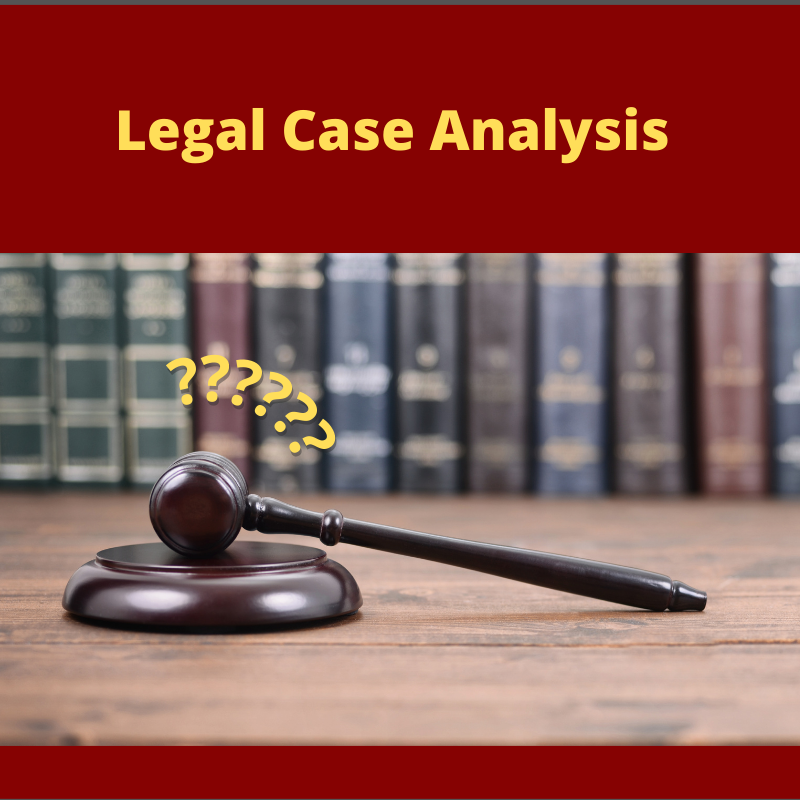
It was suggested by it’s just Boris that a founding era firearm safety requirement could be used to support the California Roster system. In particular, they suggested that proof testing would be a close enough match.
It isn’t. Proofing a firearm is entirely different from the idea of requiring or forbidding features.
The original proofing was done to make sure that guns did not blow up in your face. Because of the metallurgy of the time it was not a good idea to trust a pressure vessel until it had been tested. To this end “proofing” was required.
Once completed, all of the individual parts would be sent to one of the royal arsenals to be carefully inspected for quality and to ensure they were “to pattern” with the control piece. If the parts passed inspection they would receive an inspector’s stamp and be fitted to a gunstock along with the other parts of the musket. The stocks were supplied to the arsenals by rough stockers who selected the appropriate blank stocks (specifically, seasoned walnut heartwood) from timber mills throughout Britain. The blank stocks were sent to the arsenals, and the final assembly of the musket was completed at the arsenal by the master gunsmiths employed there.
Each musket was fired with an excessive amount of powder to ensure its strength and received a final acceptance stamp if it passed. This was known as proofing. Once the production process was complete, the muskets could then be issued to the state for use. The raw materials—such as coal, brass, iron and wood—had to pass through several processes to reach the final product and would have gained value with each step. The value of the work put into each step would culminate into the final value of the finished musket. This value, plus use-value, is the complete value the Board of Ordnance would have paid for each musket.
—
The Production of Muskets and Their Effects in the Eighteenth CenturyEmphasis added.
What is very important about the requirement for “proofing”, from a Second Amendment view, is that no class of arm, “pattern” was outright banned.
What was happening is that a level of third party quality control was being performed, by the government.
At times the proofing wasn’t done a the royal proofing houses but was instead done at the manufacturer’s location.
With the California roster, the concept is that if California doesn’t like the weapon it is banned. Not that the weapon has to perform as designed and not blow up.
In addition, while proofing was required in Europe, I can find no regulations that actually require the proofing of firearms from 1790-1799. I used both Google and Duke Center for Firearms Law. It is likely that with a bit more work I could find something at Duke but the real proof is that the state has not made the argument in any of the cases I’ve read.
Like this:
Like Loading...




/cloudfront-us-east-1.images.arcpublishing.com/gray/OBV5TB2D6VGSZHVHHYJC2WM3S4.JPG)